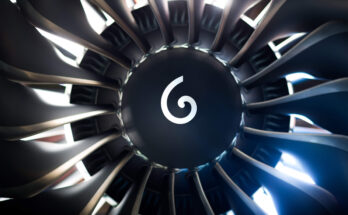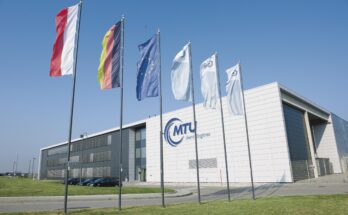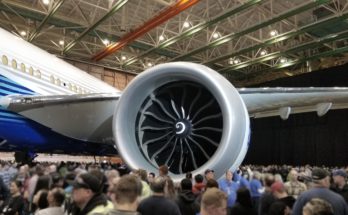Flightglobal reports that Pratt & Whitney Canada (P&WC) appears to be working on a successor to its best-selling PT6A turboprop engine. The new engine, designated PT9A-11, was mentioned in a document filed at the Federal Aviation Administration that requested exemptions from the FAA’s engine airworthiness standards for what the manufacturer called a “new centerline turbopropeller engine.”
The filing doesn’t include any details on the new engine. Nor has the company announced the development program publicly. However, information in the filing indicates that the PT9A-11 incorporates advancements in high-pressure compressor and turbine technologies. The exemption would allow the PT9A-11 to operate with a different over-speed provision than the airworthiness standards require, which, according to Flightglobal, “specifies conditions under which ‘failure of a shaft section may be excluded from consideration in determining the highest over-speed that would result from a complete loss of load on a turbine rotor.'”
While details about the PT9A-11’s power range aren’t disclosed in the filing, the filing suggests it is intended for single-engine turboprop aircraft, similar to the popular Cessna Grand Caravan and Pilatus PC-12.



